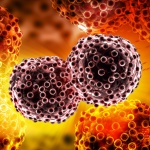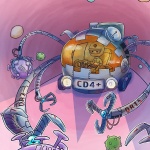
Video • Adaptation to oxygen availability
Nobel Prize in Medicine goes to William G. Kaelin Jr, Sir Peter J. Ratcliffe, and Gregg L. Semenza
The Nobel Assembly at Karolinska Institutet has today decided to award the 2019 Nobel Prize in Physiology or Medicine jointly to William G. Kaelin Jr., Sir Peter J. Ratcliffe and Gregg L. Semenza for their discoveries of how cells sense and adapt to oxygen availability.


























